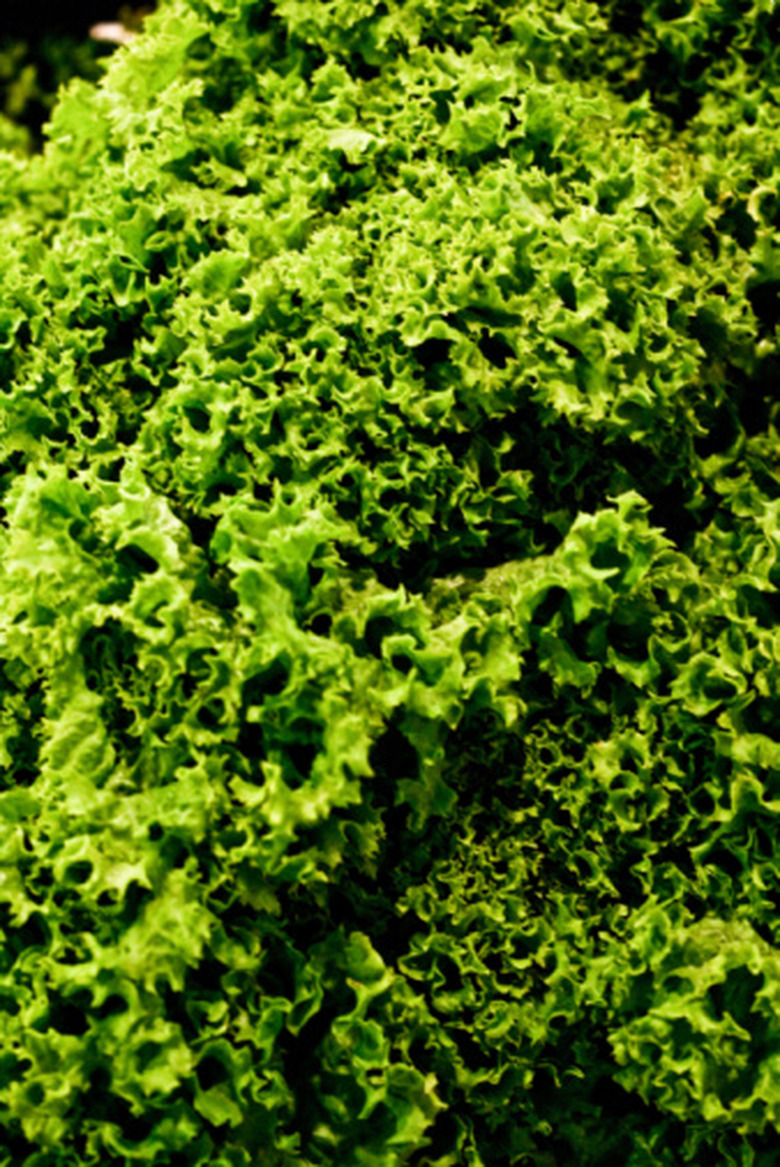Home Remedies For Bugs On Kale Plants
Kale is a cold-hardy, leafy green well-suited to life in cooler climates. While kale is a relatively low-maintenance crop that draws few serious pests, from time to time insects may invade a particularly lush plot. Fortunately, there are several easy home remedies that effectively remove insect pests while posing no threat to children, pets or plants.
Plant Features
A cool-season vegetable, kale does best when planted in the early spring or late fall as it tends to bolt in hot weather. This tasty salad green can even survive light snows, allowing gardeners as far north as USDA Hardiness Zone 5 to harvest fresh vegetables all winter long. This preference for cold weather helps keep kale pests to a minimum, although insects such as aphids, cabbage loopers, leafhoppers and flea beetles can occasionally become a problem.
Insecticidal Sprays
Homemade insect sprays keep pests under control by coating visible bugs and vulnerable kale foliage with slippery soaps and pungent spices. To make a basic bug spray, simply stir 2 tbsp. of liquid detergent into 1 gallon of water and apply the solution to any affected plants. The surfactants in the detergent clog the insects' breathing apparatus and smother them. Create a longer-lasting repellent by adding a few tablespoons of garlic, onion powder, red pepper or hot sauce to the soapy water before spraying it on the plants. The spicy flavor and strong scent will keep many unwanted pests at bay.
- Kale is a cold-hardy, leafy green well-suited to life in cooler climates.
- Homemade insect sprays keep pests under control by coating visible bugs and vulnerable kale foliage with slippery soaps and pungent spices.
Companion Planting
While sprays are convenient, inexpensive and simple to make, they must be reapplied regularly to be fully effective. Well-chosen companion plants can ward off unwanted pests all season long. Highly aromatic herbs such as lavender or basil grow well when planted next to kale. Not only does their color and texture contrast nicely with the leafy greens, their fragrant foliage is naturally repellent to many pests. Alternatively, flowers such as marigolds can lure beneficial insects into the garden to prey on harmful bugs, reducing the need for chemical pesticides.
Barriers
Fresh, young kale leaves can also be protected from pests with physical barriers such as floating row covers or mesh netting. When these lightweight, translucent fabrics are draped over the plants, they shield the foliage from the outside world. The material allows the kale to receive both sunlight and water, but the fabric blocks access to the leaves.
- While sprays are convenient, inexpensive and simple to make, they must be reapplied regularly to be fully effective.
- Alternatively, flowers such as marigolds can lure beneficial insects into the garden to prey on harmful bugs, reducing the need for chemical pesticides.
References
- Capital District Community Gardens: Garden Pests and Diseases
- Utah State University Extension: Kale
- "Extraordinary Uses for Ordinary Things"; Marylin Bader, et al.; 2005
